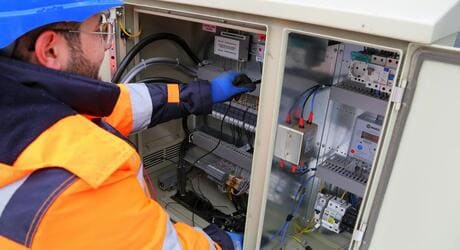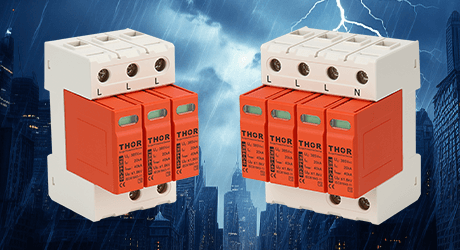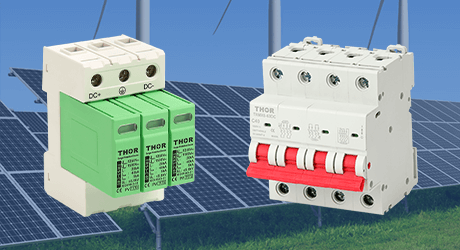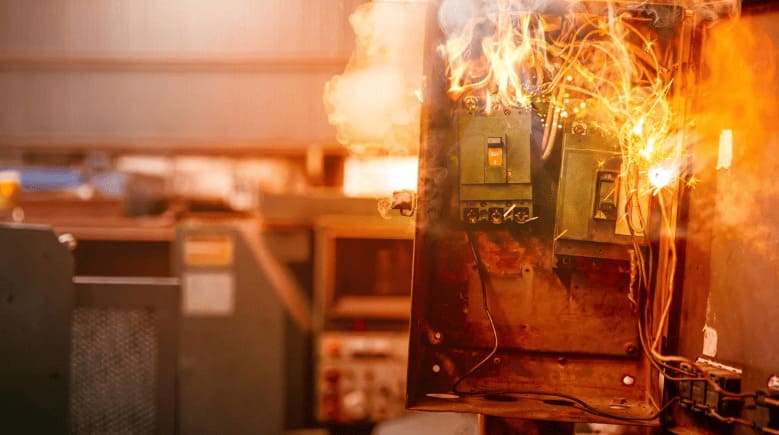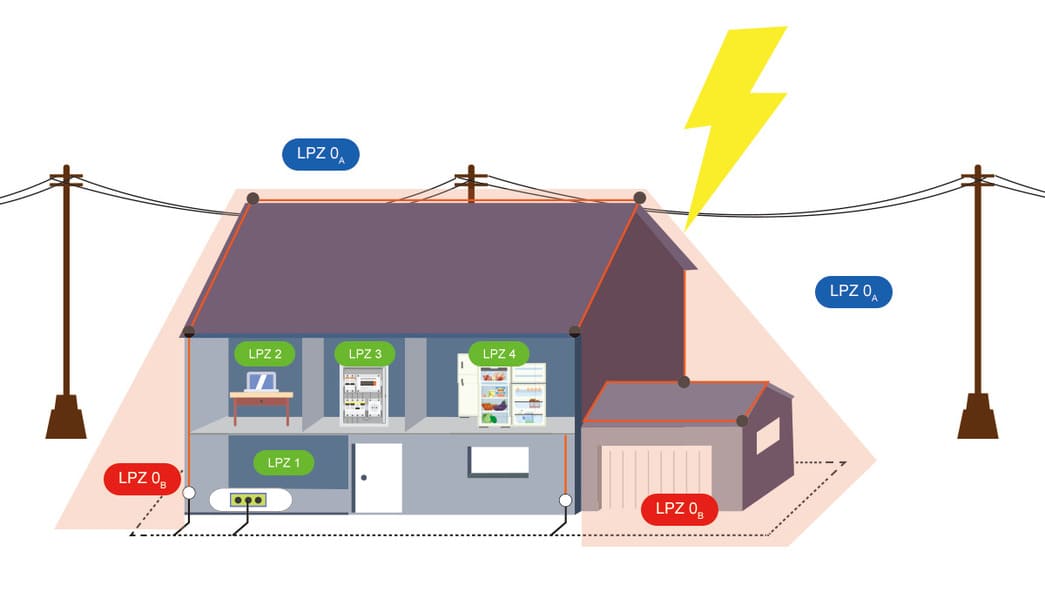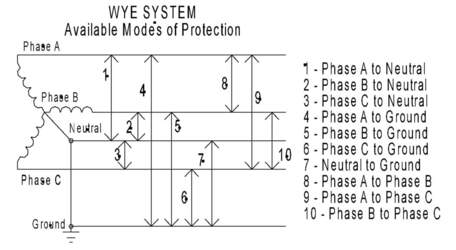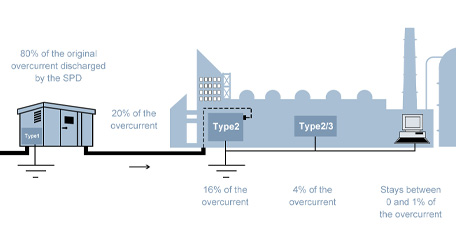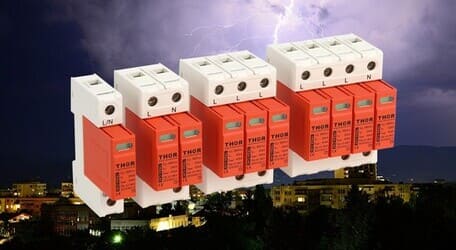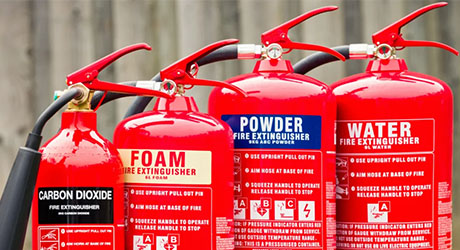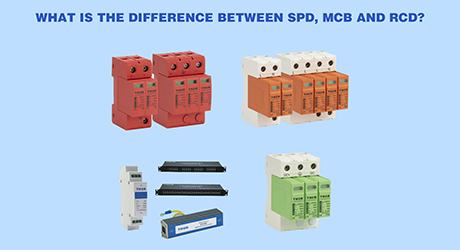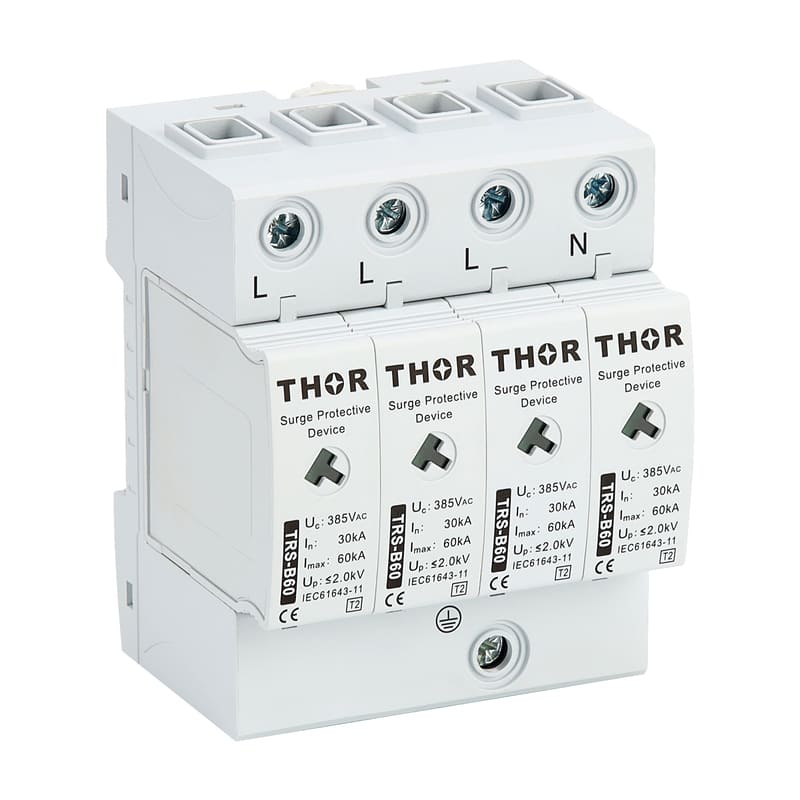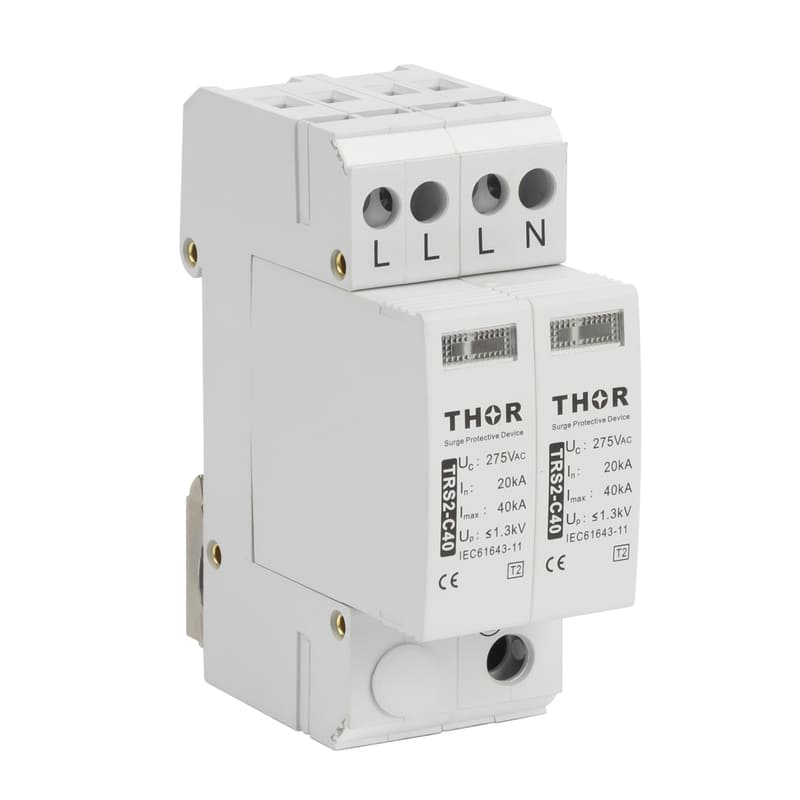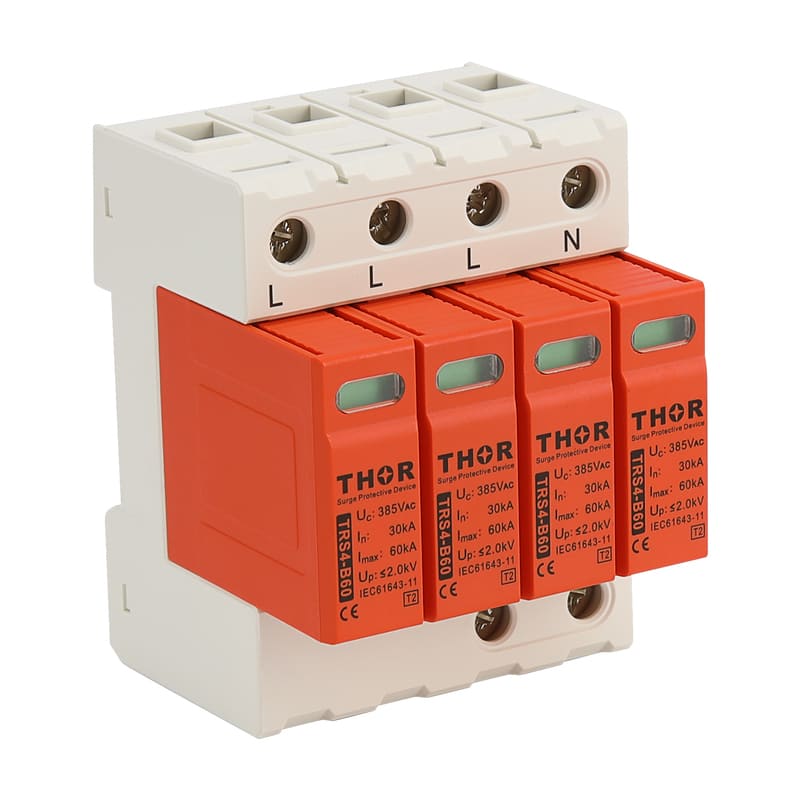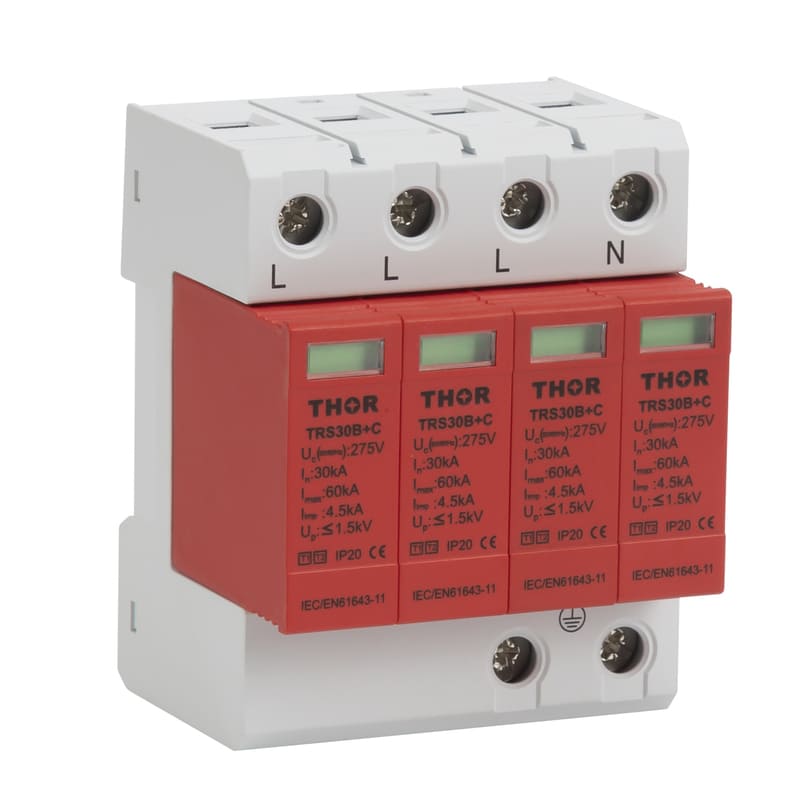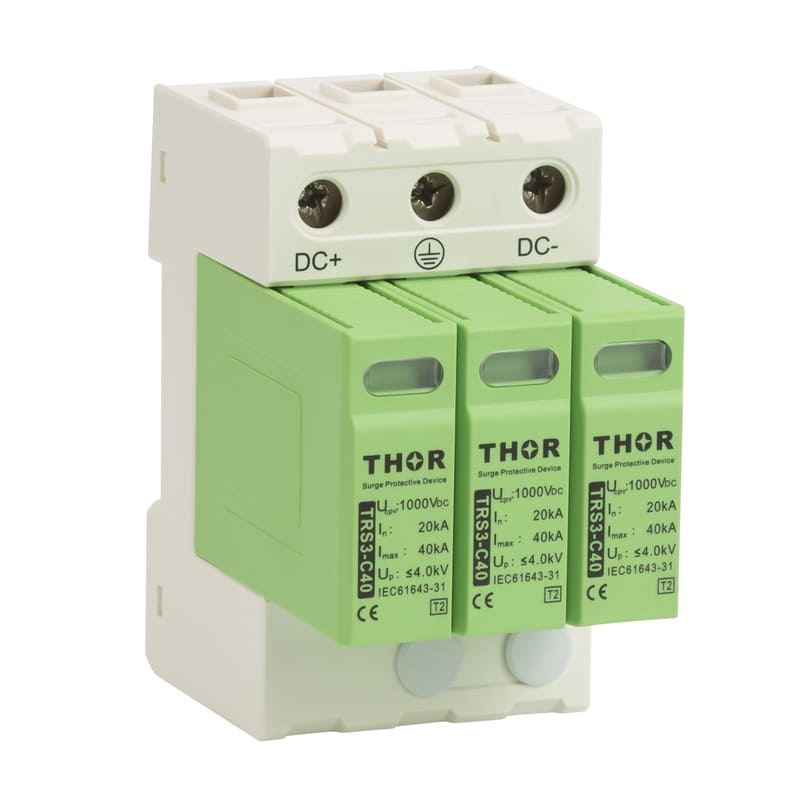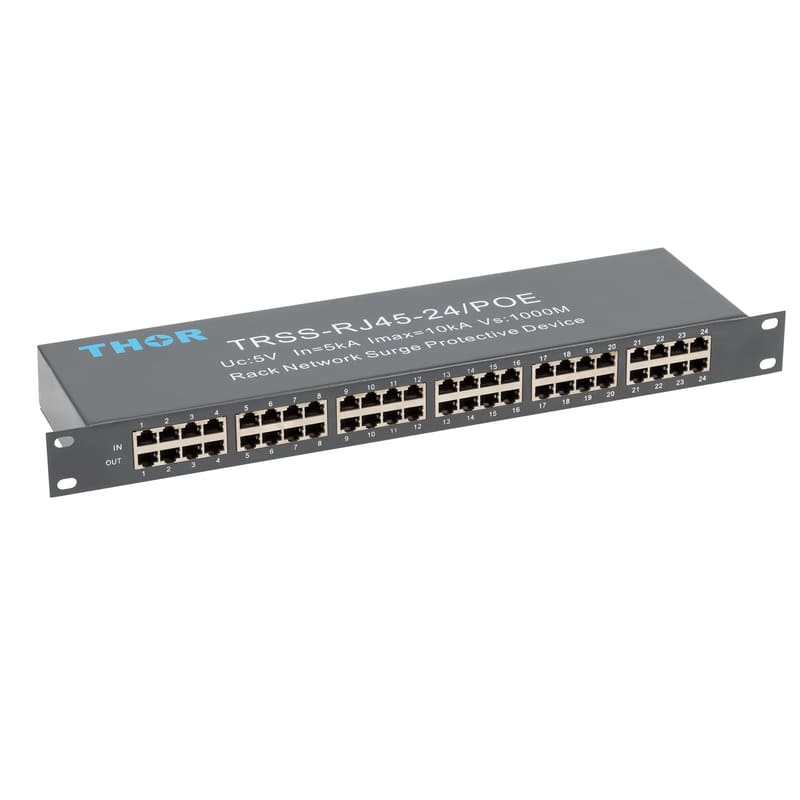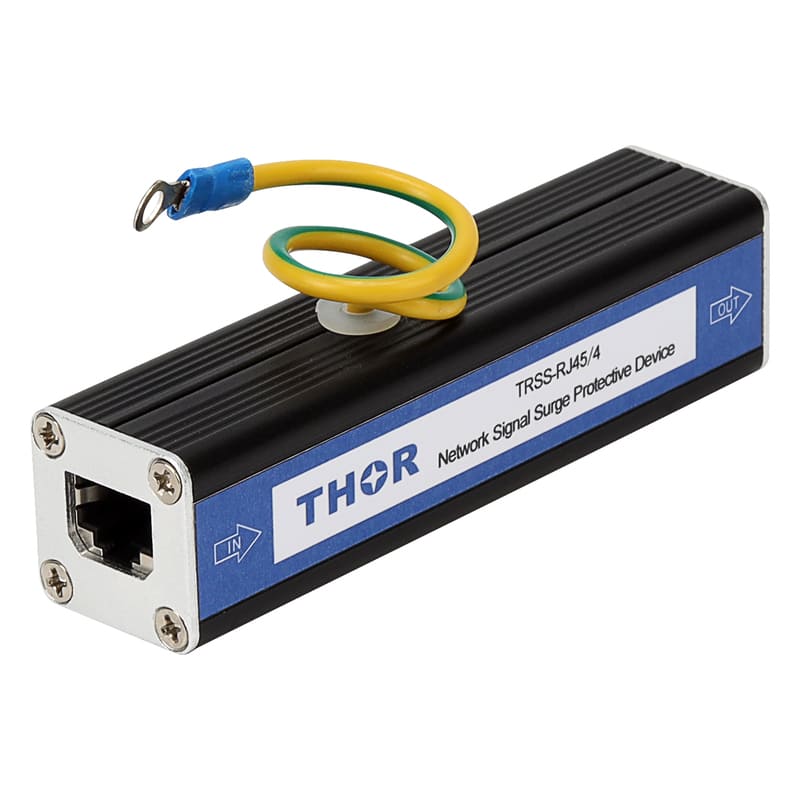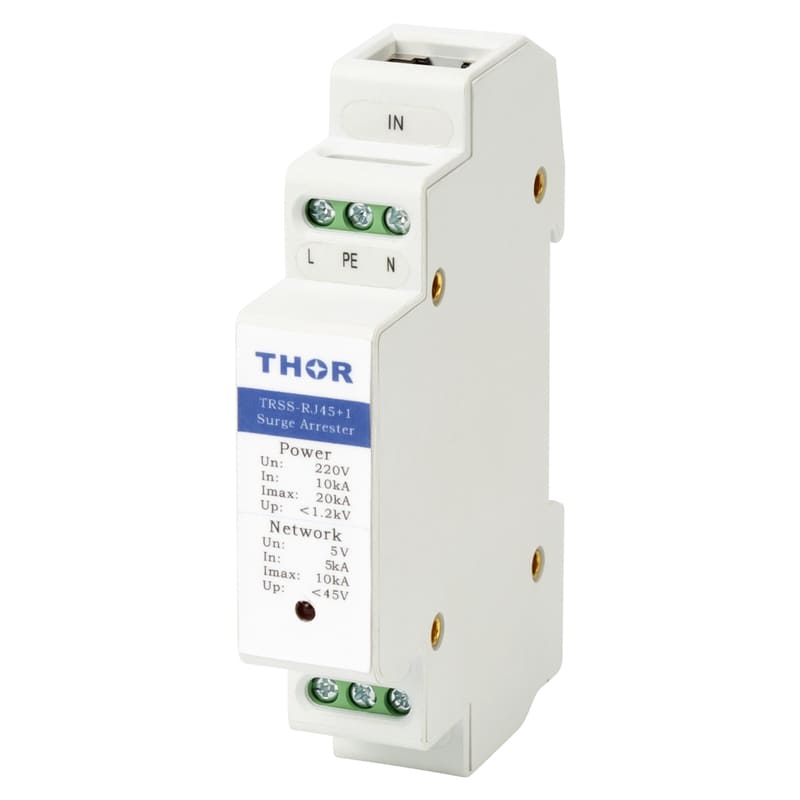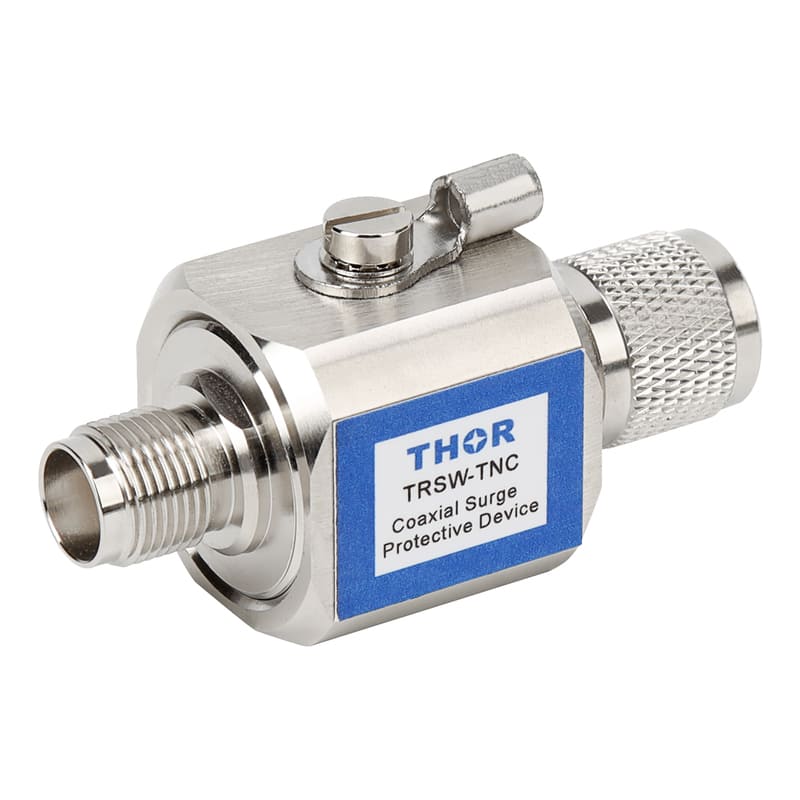Selection of graphite sheet for type1 surge protection device
Graphite is widely used in the fields of compound preparation, electrochemical detection, and lead-acid batteries due to its good electrical conductivity and non-metallic properties such as acid and alkali oxidation resistance. In the field of lightning protection, anti-corrosion and high-conductivity graphite composite buried grounding bodies have also appeared, which have the ability to discharge lightning current. The graphite body processed into the electrode sheet can be used as the discharge gap of the switch-type surge protector. After the demonstration test, the discharge characteristics of the metal electrode sheet are no different. In terms of discharge characteristics, the mass loss rate of the graphite electrode is slightly higher than that of the metal electrode, but since the ablation products of the graphite electrode are mostly gas, the pollution degree of the graphite electrode insulator is much lower than that of the metal electrode.
CNC milling is an important graphite electrode processing technology, and its high-speed milling technology has great advantages in the production of graphite electrodes. Processes such as formulation, shaping and polishing are required.
In engineering applications, when graphite material is used to make the electrode at the discharge part, the higher the polishing mesh of the electrode surface, the less carbon deposition will occur, and the better the performance of the electrode will be maintained. When Thor Electric makes switch-type surge protectors with small spark gaps, the graphite sheet of the type1 surge protection device will be selected and paid attention to. The surface of the graphite sheet has a high mesh number to reduce the generation of carbon deposits. The space between the gaps is narrow, and the accumulation of vaporized carbon deposits will greatly affect the electrical performance of the discharge gap.

